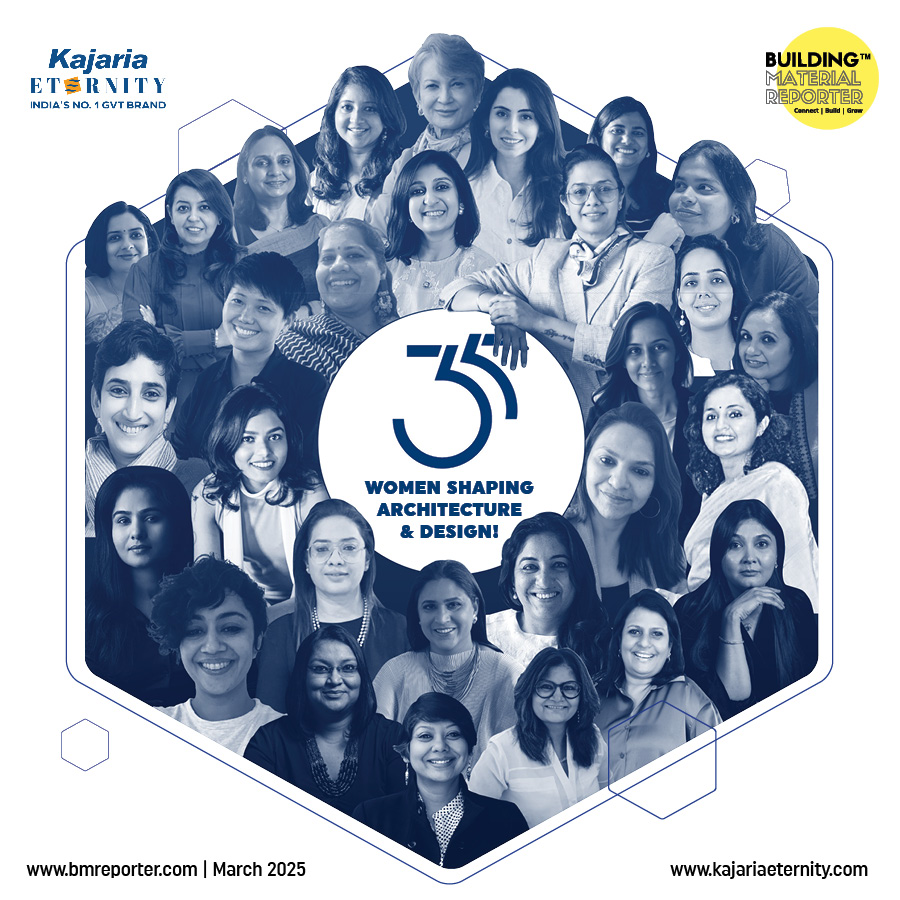Biophilic Design: A Novel Approach to Understanding Architecture’s Core
- March 24, 2023
- By: Editorial Team
- INFLUENCERS

The term "Biophilia" was created and adopted in the architectural field at the start of the twenty-first century to highlight the emotional component of people's desires for connections with the natural world inside of buildings. To fulfill this desire for "nature" in building, the biophilic design was put forth as some design direction.
Why certain structures function better than others in terms of their connection to nature is explained by the biophilic design. This connection to nature offers a variety of advantages in dwelling, working, learning, entertaining, and healthcare situations.
Designing with a Biophilic Approach: From Theory to Practice

Erich Fromm, a social psychologist, developed the expression "Biophilia" to denote the "love of life," which, he believed, to explain essential characteristics of living things: the ability to survive in the face of inevitable death and a desire to integrate well with others. Twenty years after it was initially put forth, the hypothesis of biophilia only lately earned great acceptance.
Edward Wilson, a biologist, and naturalist, stressed that biophilia is "the innately emotional affiliation of human beings to other living organisms," in which the "innate tendency" represents the characteristics of "hereditary," while acting as a "learning rule," it offers an illuminating perspective from which to understand nature. Throughout the 1990s, the concerns of the biophilia theory have changed from its initial focus on life or living organisms to investigating the interaction between people and their environment.
In conclusion, there are two fundamental justifications for researching biophilic design. First, it’s commonly acknowledged that the modern constructed environment has a longing for "nature". Hence, it’s crucial to offer frameworks for understanding "nature" in architecture. Second, many "nature-inspired" design ideas are criticised as "green-washing" or "placebo" tactics. So, additional research should be done to determine how they affect sustainable architecture.
Sustainable Architecture through Biophilic Design

The idea of sustainability has received a great deal of attention in the world of architecture since the 1990s. Diverse sustainable approaches--such as the use of energy-efficient, high or low-tech, and vernacular strategies, the analogization of nature and natural systems for design inspiration, or the adoption of intelligent, responsive, renewable, recyclable, and biodegradable materials--have all been investigated to address various environmental crises, such as resource scarcity and climate change.
The benefits of biophilic design are explored to investigate efficient design features, and various problems of sustainable architecture are identified to represent various design goals. The relationship between biophilic design components and the sustainable goals of architecture is revealed by contrasting different problems and advantages.
The term "sustainability" is still debated and confusing in today's society. In agreement with Schröder, heterogeneity, complexity, conflicts of interest, and disagreements are common. To better understand how architects, engineers, and clients apply the concept of sustainability in their work, he suggests using the translational framework to examine "which challenges of sustainability they recognise and how in response to these accepted challenges they construct specific particular sustainability design goals and design targets are constructed to instruct and to align the design team when creating buildings."
The controversial idea of sustainability in architecture can be unpacked and understood by bridging numerous difficulties and design purposes or goals.

The biophilic design model provides several, yet connected, components. First, there are a number of biophilic design categories, and the lines between them are frequently blurred. We also need to regularly prune plants to ensure their growth, create refuge spaces under tree canopies, use native plant species to connect to the local environment, thoughtfully design spaces between the indoors and outdoors to prevent disconnections with the entire ecosystem, and many other factors in order to successfully integrate plants into buildings. Second, the biophilic design promotes the blending of various strategies and components. A phenomenon known as "universalization" has emerged in the greening tendency of sustainable construction as a result of the recent construction of numerous comparable green roofs and walls. In sustainable design, the blending of various biophilic components enhances creativity and helps protect such universalization.
As biophilic design has just been used in buildings for 20 years, there are still a lot of unsolved questions. Although the idea of biophilic design offers many design inspirations, biophilic structures are rarely interpreted using architectural vocabulary. The analysis of instances from an architectural perspective in the future should take into account tectonics, form, technology, and representation. It raises the question of What is the impact of biophilic design on architectural forms? Does biophilic design have any categorical explanation? What is the impact of it on the order and organization of space? What is its relationship to its surroundings and situation? In spite of the fact that the literature on biophilic design contains only general tactics and considerations, the biophilic design framework still lacks implementation guidelines and methods for integrating these features and approaches into architecture.








